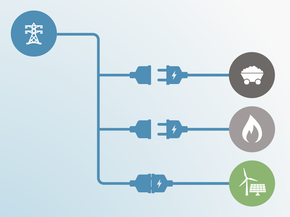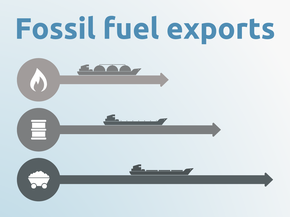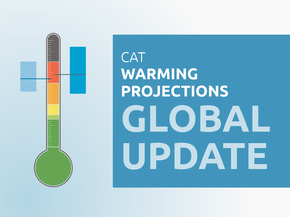Country summary
Overview
Saudi Arabia’s emissions remain a concern as they are projected to double in 2030 compared to 2014 levels, despite increasing efforts to diversify its energy supply away from oil dependence. Saudi Arabia’s “Vision 2030” contains targets for renewable energy, and Saudi Arabia is working on a phase-out of fossil fuel subsidies. In December 2017 however, Saudi Arabia announced it would slow down this fossil fuel subsidy phase-out to enhance the economy. Saudi Arabia’s envisioned emissions pathway towards 2030 is highly unclear, due to a lack of data availability, including the absence of any national emissions projections and the fact that Saudi Arabia has not published the baseline corresponding to its Nationally Determined Contribution (NDC) target. With full implementation of current policies, Saudi Arabia may achieve the emission level to result from its “Critically insufficient” projected NDC target.
With its NDC, Saudi Arabia seeks to reduce its annual emissions by up to 130 MtCO2e in 2030. Saudi Arabia has not published the baseline from which its abatement target is deducted, but specified that a “dynamic baseline will be developed on a basis of a combination of two scenarios,” which are scenarios based on whether more oil is consumed locally—or exported. There is therefore considerable uncertainty around Saudi Arabia’s targeted emissions level. We estimate a likely range for Saudi Arabia’s BAU based on adjusted reference projections and extrapolation of the historical trend (for more information see Assumptions section). Achievement of this goal is not conditional on international financial support, but is contingent on the continuation of economic growth, and “a robust contribution from oil export revenues to the national economy”. Saudi Arabia may choose to weaken its NDC by 2020 as it has maintained its “get-out clause”—ie, if it decides the Paris Agreement creates an “abnormal burden” on its economy.
Based on the baseline range, the NDC results in emissions levels of 949–1,128 MtCO2e excl. LULUCF by 2030, a 51–79% increase above 2014 levels, or a 374–464% increase above 1990 levels. We therefore rate Saudi Arabia “Critically insufficient”.
Important previously planned policies aiming at diversifying the energy mix and at achieving 54 GW of renewable and 17 GW of nuclear energy by 2032, have recently—following an initial delay of eight years—been downscaled. In the “Vision 2030”, the renewable power plans are lowered to 9.5 GW in 2023 and nuclear power is no longer mentioned. Based on our calculations, this would lead to additional emissions of 73–135 MtCO2 in 2030 compared to the scenario with a renewable energy target of 54 GW and a nuclear energy target of 17 GW by 2032.
Further analysis
Latest publications
Stay informed
Subscribe to our newsletter







